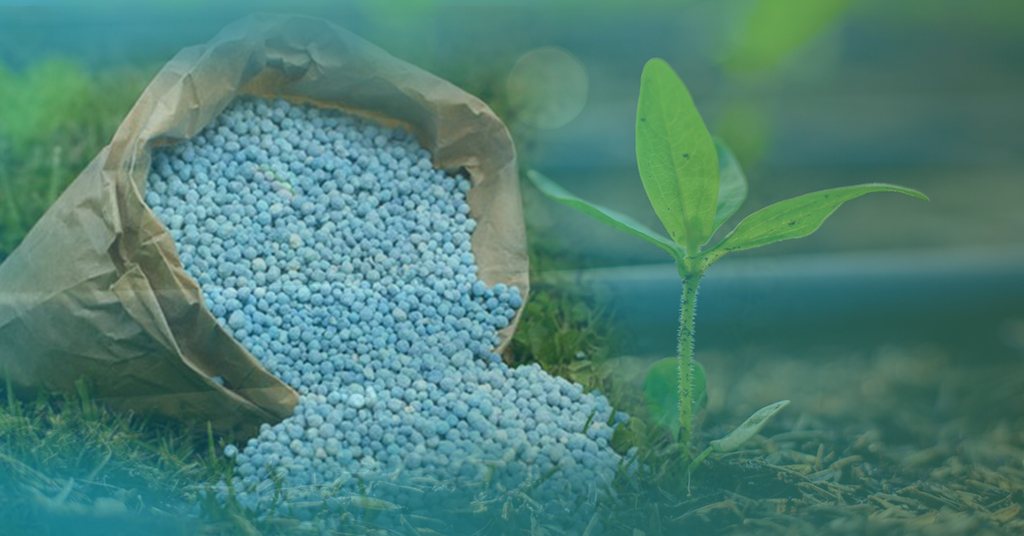Water-Soluble Fertilizers Prices Have Risen Against the Backdrop of Soaring Energy Prices
- 08-Jul-2022 10:46 AM
- Journalist: Timothy Greene
The price of Water-Soluble Fertilizers has increased in Europe due to a jump in raw materials and strong demand from downstream sectors like agrochemicals and fertilizers in Q2 2022. The natural gas crisis also drove up energy costs, pushing European production costs and affecting the pricing trend for water-soluble fertilizers.
Due to supply difficulties, manufacturers maintained more significant stock levels of materials and components. In June, the average price increases for goods and services gradually increased. The manufacturing industry, whose attitude shifted negatively due to worries about declining demand, persistently rising inflation, and ongoing supply disruption, was solely responsible for the reduction in expectations.
Many Canadian farmers are concerned about rising input costs for agriculture, particularly fuel and fertilizer, as they begin the 2022 planting season. In Q4 2021, Water soluble fertilizer prices reached multi-year highs, and the escalating conflict in Ukraine in early 2022 has only increased the pressure on market prices.
Since the start of the COVID-19 epidemic, the world's leading shipping ports have encountered significant delays in logistics, leading to labor shortages in some countries due to lockdowns and disruptions to shipping routes.
It was found that downstream Ammonium Nitrate stockpile levels were low due to a shortage of Water-Soluble fertilizers. Mono Ammonium Phosphate (MAP), one of the WSFs, was reported to cost USD 360/MT in June on a FOB basis.
As far as the fertilizer segment is concerned, all the water-soluble fertilizers, including nitrogen, phosphorous, and potassium, are soaring due to high energy costs. Therefore, high input costs made manufacturing activities difficult.
According to (Deepak Fertilizer and Petrochemical Co-Operation) DFPC, The WSF industry experienced high price rises for all raw materials, including Ammonia, Phosphoric Acid, and Potash.
Shortages in the country have also been noticed, particularly during the Kharif season. However, the government is taking stock of the situation and monitoring it closely for pharma scarcity fertilizer at reasonable prices.
ChemAnalyst strongly believes that immediately there is no going to despite this higher input cost in Q3 end, so till September, fertilizer volumes will remain affected and it is believed that something like 20% volume decrease in this year as compared to last year.



